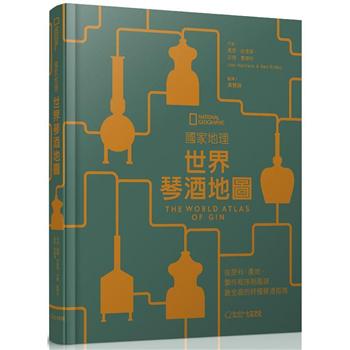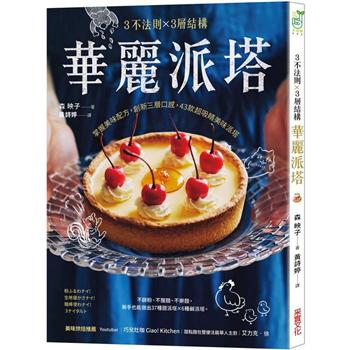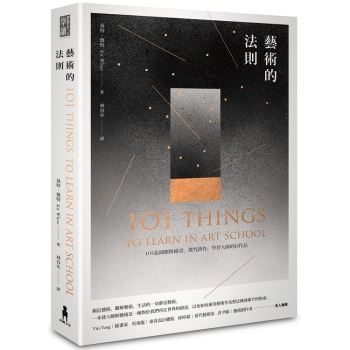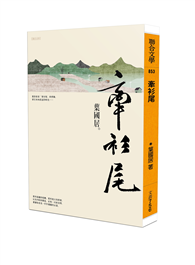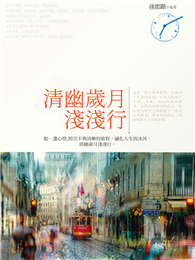The postwar era has witnessed a pluralizing trend in Japan, but small sets of narrowly-focused interest groups still dominate policymaking. Over 200 small consultative councils (shingikai), composed of business people, bureaucrats, scholars, journalists, union members, and others, deliberate on virtually every aspect of public policy. This book reviews their functions and operations, and presents three case studies of specific governmental decisions involving the use of shingikai in the late 1980s.
| FindBook |
有 1 項符合
Advice and Consent: The Politics of Consultation in Japan的圖書 |
 |
Advice and Consent: The Politics of Consultation in Japan 作者:Schwartz 出版社:Cambridge University Press 出版日期:2001-03-05 語言:英文 規格:平裝 / 344頁 / 22.9 x 15.2 x 2 cm / 普通級 |
| 圖書館借閱 |
| 國家圖書館 | 全國圖書書目資訊網 | 國立公共資訊圖書館 | 電子書服務平台 | MetaCat 跨館整合查詢 |
| 臺北市立圖書館 | 新北市立圖書館 | 基隆市公共圖書館 | 桃園市立圖書館 | 新竹縣公共圖書館 |
| 苗栗縣立圖書館 | 臺中市立圖書館 | 彰化縣公共圖書館 | 南投縣文化局 | 雲林縣公共圖書館 |
| 嘉義縣圖書館 | 臺南市立圖書館 | 高雄市立圖書館 | 屏東縣公共圖書館 | 宜蘭縣公共圖書館 |
| 花蓮縣文化局 | 臺東縣文化處 |
|
|
圖書介紹 - 資料來源:博客來 評分:
圖書名稱:Advice and Consent: The Politics of Consultation in Japan
|
